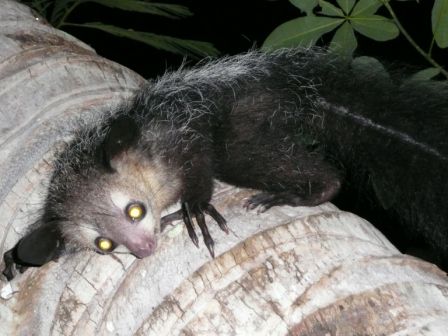
Madagascar is an intertropical island, which extends over 1,580 km; from subequatorial latitudes in the North to the South of the Tropic of Capricorn. Its insular character is reinforced by a relatively small width (580 at most), the geological separation of the ancient continent of Gondwana, the influence of the Indian Ocean and the Mozambique Channel, and the opposition of the facades to the wind, to the east and leeward to the west. These factors and the association of basement/sedimentary and volcanic terrain explain the diversity of relief, climate, vegetation and the existence of strong anomalies.
wildlife :
Inhabitants of forests, lakes and bush:
Madagascar is sometimes called "lemuria", and it's not for nothing. The island is known worldwide for these happy lemurs, and people sometimes come to see them. There are 90% of existing lemurs in the world. They are divided into two categories: diurnal lemurs such as the indri, the ring-tailed lemur, the macaco lemur, the vari variegata, the red vari, the sifaka, ... and the nocturnal lemurs such as mouse lemurs, the mangoz lemur, the bamboo lemur golden, the allocèbe, the Cheirogaleus, …
Chameleons present more than half of the species of the globe, that is to say about sixty species, there are some of them of all shapes, all sizes, all colors. From Parson's chameleon, often exceeding 50 cm, to unicorns, passing by brookesia, the smallest of which does not reach 2 cm.
Among vertebrates, it is necessary to point out the venerable radiated tortoises (or radiata), endemic dragging themselves in the dust of the great South; without forgetting the rarest turtle in the world, the Angonoka or ploughshare turtle, with its fighting spur under its head. It is an amazing turtle since it only mates after a fight.


